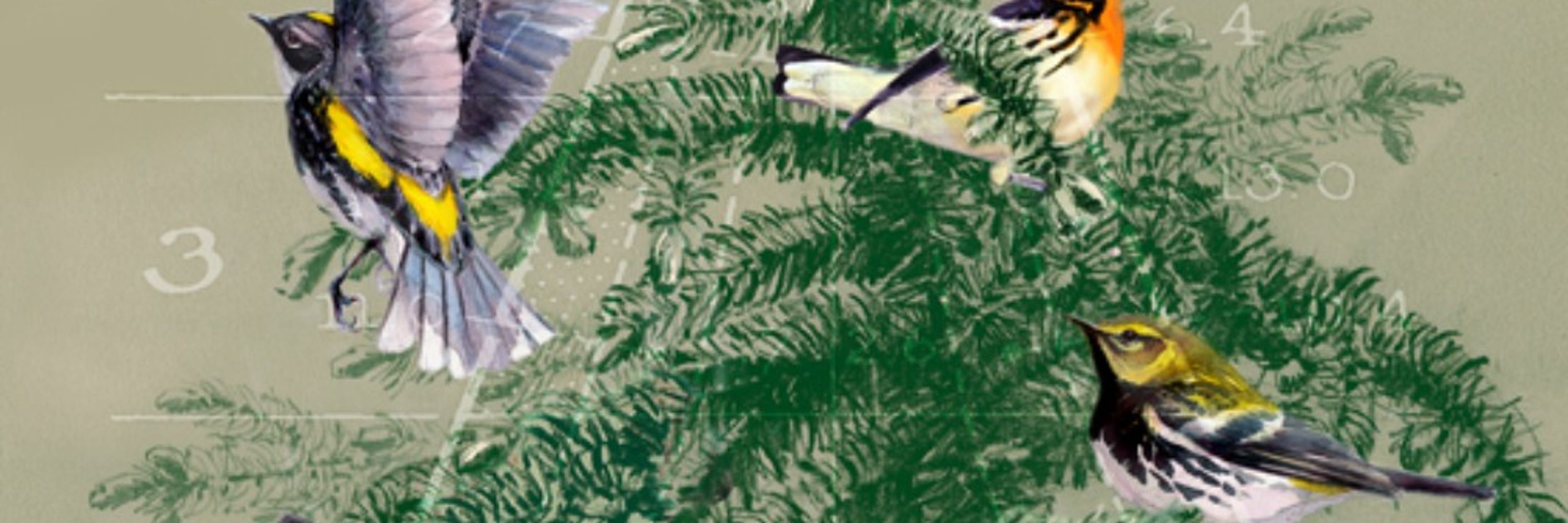





Even as impenetrable thickets spring up on Konza when and where fires are less common.

Even as impenetrable thickets spring up on Konza when and where fires are less common.
We suggest forbs use +CO2 to fuel nutrient harvest as the doubling of grass biomass increases shading and demand for effective photosynthesis.

We suggest forbs use +CO2 to fuel nutrient harvest as the doubling of grass biomass increases shading and demand for effective photosynthesis.
blue=declines of an element in plant tissue
green=increases in element density.
First column shows grass nutrients declining in plots with more grass and forb biomass.
The dominant food on Konza is getting more abundant and poorer to eat.
Nutrient Dilution.

blue=declines of an element in plant tissue
green=increases in element density.
First column shows grass nutrients declining in plots with more grass and forb biomass.
The dominant food on Konza is getting more abundant and poorer to eat.
Nutrient Dilution.


They measure bugs that have dispersed into the upper atmosphere. This is *activity density*, quite a few steps from abundance.
Consider (one) scenario: abundance has declined but warmer temps promote flight activity. One cancels out the other.
They measure bugs that have dispersed into the upper atmosphere. This is *activity density*, quite a few steps from abundance.
Consider (one) scenario: abundance has declined but warmer temps promote flight activity. One cancels out the other.
They measure bugs that have dispersed into the upper atmosphere. This is *activity density*, quite a few steps from abundance.
Consider (one) scenario: abundance has declined but warmer temps promote flight activity. One cancels out the other.
They measure bugs that have dispersed into the upper atmosphere. This is *activity density*, quite a few steps from abundance.
Consider (one) scenario: abundance has declined but warmer temps promote flight activity. One cancels out the other.

